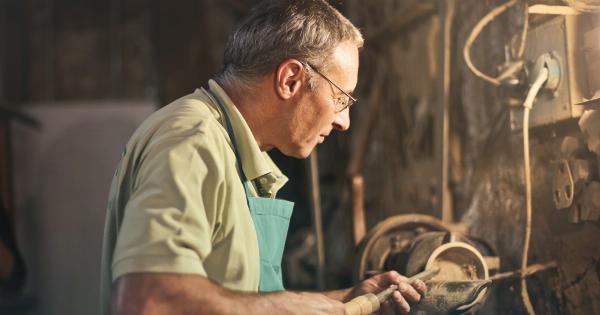For many years, scientists have been exploring the possibility of using biodegradable materials to aid in bone regeneration. These materials would ideally be biocompatible, osteoconductive, and easily manipulated to fit a wide range of shapes and sizes.
A team of researchers from the University of Rochester Medical Center may have found the answer in a somewhat unexpected source: eggshells.
Why eggshells?
Eggshells, which are made largely of calcium carbonate, have long been used in traditional medicine to treat a variety of ailments, including bone fractures.
Calcium carbonate is a key component of bone tissue, which is why it is often used as a supplement to promote bone health. However, eggshells are also rich in other essential minerals such as magnesium, potassium, and phosphorus, as well as collagen, a protein found in bone tissue.
How eggshells can help with bone regeneration
The researchers at the University of Rochester Medical Center ground up eggshells into a fine powder and combined it with a natural polymer called chitosan, which is derived from the shells of crustaceans such as shrimp and crabs.
They then used this mixture to create a 3D scaffold that mimics the structure of natural bone tissue. The scaffold was then injected into a bone defect in rats, and over time, the researchers observed that new bone tissue was forming and integrating with the scaffold.
According to Dr.
Debanjan Sarkar, the lead author of the study published in the journal ACS Biomaterials Science & Engineering, “Calcium carbonate has been used in medicine for centuries, but we discovered a new application that harnesses its ability to increase bone regeneration. Our study successfully demonstrated that eggshell-derived scaffolds can support new bone growth, which could have implications for patients with bone defects due to injury or disease.”.
Potential applications of eggshell-derived scaffolds
The researchers believe that eggshell-derived scaffolds could have a wide range of applications in the field of bone regeneration. For example, they could be used to treat bone defects caused by trauma or degenerative conditions such as osteoporosis.
They could also be used in dental implants or reconstructive surgery. Because of their biodegradable and biocompatible properties, they could be utilized in a variety of clinical settings without the risk of adverse side effects.
Future research and development
The study is just the beginning of a journey that could eventually lead to new and innovative treatments for patients suffering from bone defects.
The researchers plan to conduct further studies to optimize the fabrication techniques and mechanical properties of the eggshell-derived scaffold. They also plan to explore the potential for combining the scaffold with stem cells or growth factors to enhance bone formation and healing.
Conclusion
The use of eggshells in bone regeneration is a promising discovery that could have a significant impact on the field of regenerative medicine.
Eggshells are readily available and easy to process, making them an attractive alternative to synthetic materials. Furthermore, the eggshell-derived scaffold is biodegradable, biocompatible, and can support new bone growth.
With further research and development, eggshell-derived scaffolds could become a widely accepted treatment option for patients with bone defects.





























